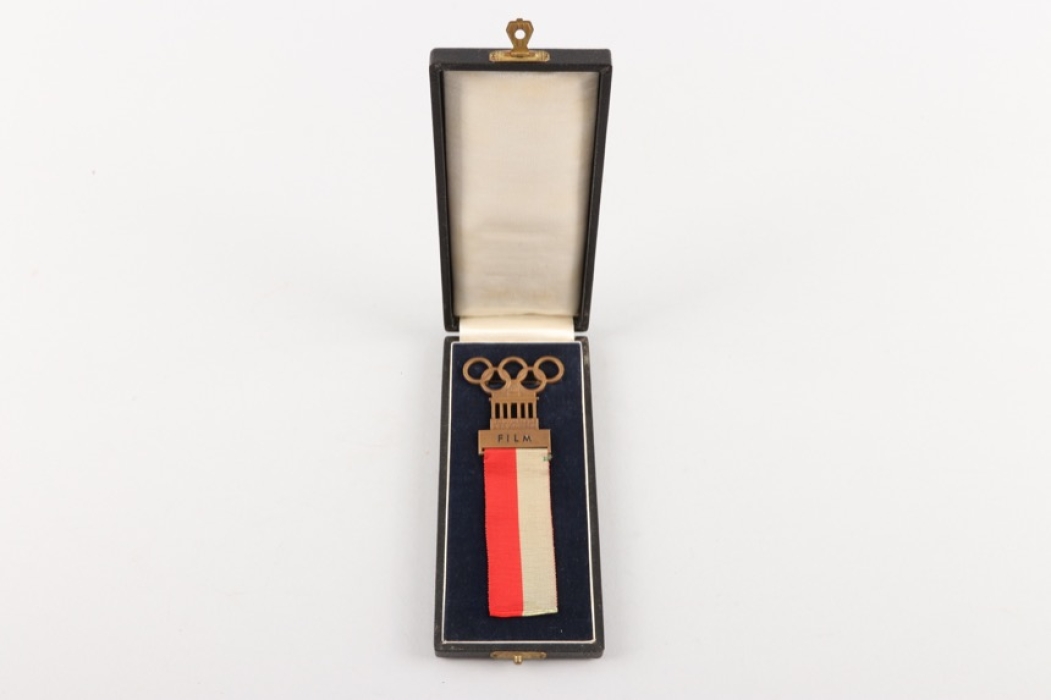48th (USA) Contemporary History Auction
Bidding on 518 lots has ended on 1st May 2022. 76% of all lots sold
-
PAYMENT
-
HOW CAN I PAY FOR MY ORDER?
AUCTIONSYou will receive an e-mail confirming your successful bids the day after the auction has ended. In your personal my ratisbon's you will be able to inform us about your most convenient payment method for this order or tell us about an alternative shipping address.
If we don’t hear from you within 24 hours, we will send an invoice choosing the payment and shipping options which we think are the most comfortable ones to you. If you decide to change your shipping or payment method after receiving your invoice, just drop us a line or visit my ratisbon's/ORDERS for any more details.
SHOP ORDERSChoose your payment method when ordering and submit your order. Once your order has been received we will send an invoice including your shipping costs and your payment instructions.
After receiving the invoice, the order must be paid within 7 days.
Please contact us to discuss layaway options.To learn more about paying at ratisbon's, please see your FAQ pages.
WE ACCEPT FOLLOWING PAYMENT METHODS
-
-
Versand
-
HOW DO YOU SHIP MY NEW TREASURES?
PACKING & TRACKINGWe usually send out orders within 1-3 working days after your payment has been received. In most cases, we are faster than this! We will inform you when your goods are being dispatched and provide a tracking number, In addition, you can always check your order status at my ratisbon's/ORDERS. Delivery times will vary depending upon the delivery destination and type of shipping service you have chosen.
SHIPPING TO ALTERNATIVE ADDRESSIf you prefer to have your order shipped to your work address or a friend during your absence, we will happy to arrange this for you. Send us an email letting us know about your new shipping address and we will be happy to send an updated invoice to you.
OUR LOGISTIC PARTNERS ARE AS FOLLOWS
-
-
OUR GUARANTEE
-
 OUR GUARANTEE!
OUR GUARANTEE!We only offer collectables which to the best of our specialists knowledge are authentic. About 15% of all consignments are returned to the consignor after extensive research due to authenticity issues.
Unlike traditional auction houses we do offer a full right of return. If you are not satisfied with what you won or bought, you may return it within 14 days. Please inform us and we will instruct you on how to return the goods. For more information, please visit FAQ pages.
Important note: Cancelling bids after an auction may disappoint the consignor, who like you is a collector. This situation is easy to avoid. We encourage you not to bid on any collectable if you are unsure if it fits into your collection. Ask us to cancel your bid 24 hours prior to the end of an auction to avoid this situation.
-
COUNTRY Germany 1918 - 1945
DIMENSIONS 113.8 x 41.6 mm
WEIGHT 14.1 g
 US LOT US1-010
US LOT US1-010EAN 3000000000298
 US LOT US1-010
US LOT US1-010PERIOD 1918 — 1945
COUNTRY Germany 1918 - 1945
MATERIAL bronze
DIMENSIONS 113.8 x 41.6 mm
MAKER
WEIGHT 14.1 g
COUNTRY Germany 1918 - 1945
 US LOT US1-010
US LOT US1-010DIMENSIONS 113.8 x 41.6 mm
EAN 3000000000298
MAKER
WEIGHT 14.1 g
Olympic Games 1936 - Media Badge Film
Description
The Olympic Games from 1936 were attended by 49 nations with 3,961 athletes (3,633 men and 328 women). They participated in 129 competitions in 34 different sports for about 960 medals.
This humongous spectacle was observed by 1,800 journalists from 59 nations with 117 photographers and 41 foreign radio stations. The games were also broadcasted through 1 television station.
The Olympic Press Service published on the games since 1933 in 5 languages.
The medal count and resulting ranking as follows in part: 1. Germany, 89 medals, 2. USA, 56 medals, 3. Hungary, 16 medals, 4. Italy, 22 medals, Finland and France with 19 medals each,…
The German Olympic committee performed at the highest organizational level. Because of the unusually large participation of the games in general. Besides the creation of a new and extremely efficient infrastructure many logistical tasks had to be tackled before the games.
A task of particular importance was that of designing the Olympic badge which was to be worn by every athlete and person connected with the Games in an official capacity, denoting at the same time the function of the wearer. It was decided to follow the example of Los Angeles and to provide a combination of medal and ribbon. Of the seven artists who participated in the competition, the jury selected the designs of Professor Walter Raemisch as the most suitable. He combined the landmark of Berlin, the Brandenburg Gate, and the five connected rings symbolizing the Olympic Games in a most effective manner. This badge could be attached to ribbons of different colors and contained space for engraving the function or registration number of the wearer. The ribbons would show in addition to the badge the sport a wearer would be registered for. Tombac plated with antique silver was selected as the metal for these badges and the company “L.Chr.Lauer Nürnberg-Berlin”, was commissioned with their production, The company performed its task to complete satisfaction, producing the 14,000 badges necessary in good time before the opening of the Games.
Here a media badge for “Film”, film.
The tombac badge is marked with the manufacturers stamp: “L.Chr.Lauer Nürnberg-Berlin” and has a red and green striped ribbon. The ribbon here was made by two overlapping ribbons. Green is bleached on the avers.
Comes with exceedingly rare case of issue.
This badge is attributed to Wilfried Basse.
Wilfried Basse (actually Wilhelm-Friedrich Heinrich Hermann Basse ; born August 17, 1899 in Hanover ; † June 6, 1946 in Berlin ) was a German documentary filmmaker and cameraman who was only rediscovered in the 1970s/80s because of his attitude towards the regime of the National Socialists is disputed.
Basse war bei Leni Riefenstahls Olympia-Film einer der Kameramänner..
Condition
1-
Seller
History Trader Inc., 521 Thorn Street #165, Sewickly, PA 15143-0165, USA


